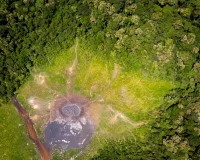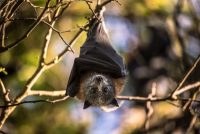
What Is Wildness?
Blood doesn’t flow through our arteries and veins by gravity or magic or the force of our personalities. It is pushed. What pushes it is an elaborately engineered muscle (or muscular organ) that serves as a pump: the heart. Without the continuing, impelling action of that pump, the rest dies. The heart can survive without a right hand attached to the body in which it beats, or without a left eye, or even without one of the two kidneys; but the kidney or the eyeball or the hand can’t survive without the heart. I am belaboring this obvious biological fact for the sake of analogy.… Seguir leyendo »





